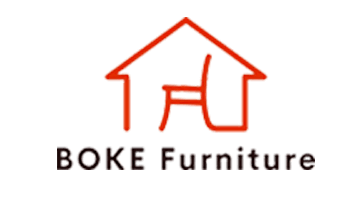You’re planning a major project and fear making a costly mistake. Choosing a cabinet style that looks dated the moment it’s installed is a huge risk that can devalue your entire space.
Cabinets that are out of style feature heavy ornamental carvings, arched door panels, and dark reddish wood tones like cherry. These designs feel heavy, are difficult to pair with modern decor, and are strongly associated with past decades.
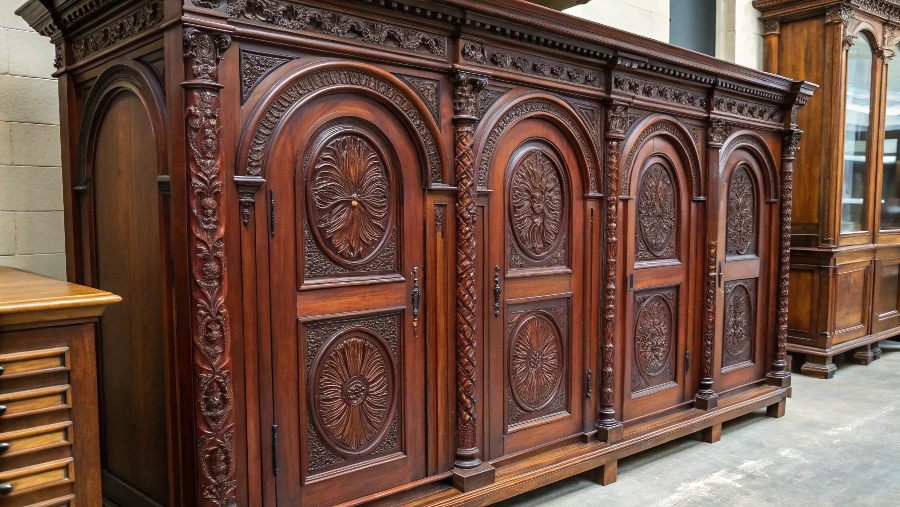
Everyone wants to avoid a design that feels old. But in my years of exporting furniture from Foshan, I’ve seen how "outdated" is more than just an ugly color. It’s a "value killer." For a commercial buyer like Jacky in Canada, choosing the wrong style can mean a hotel or apartment complex that feels old on opening day. For a homeowner, it means losing resale value. The styles that get left behind are always the ones that are too specific, too complex, and too hard to pair with anything else. The most successful projects I’ve worked on, whether for a developer or a single home, always prioritize timeless design over a fleeting trend. The safest investment is always in simplicity.
What cabinets never go out of style?
You want to make a smart, long-term investment in your kitchen. Choosing a cabinet style that feels dated in five years means another expensive renovation you don’t want to think about.
Simple, clean-lined cabinet styles like the Shaker door and the flat-panel door will never go out of style. Their classic proportions and lack of complex detail allow them to adapt to changing trends in color, hardware, and countertops.
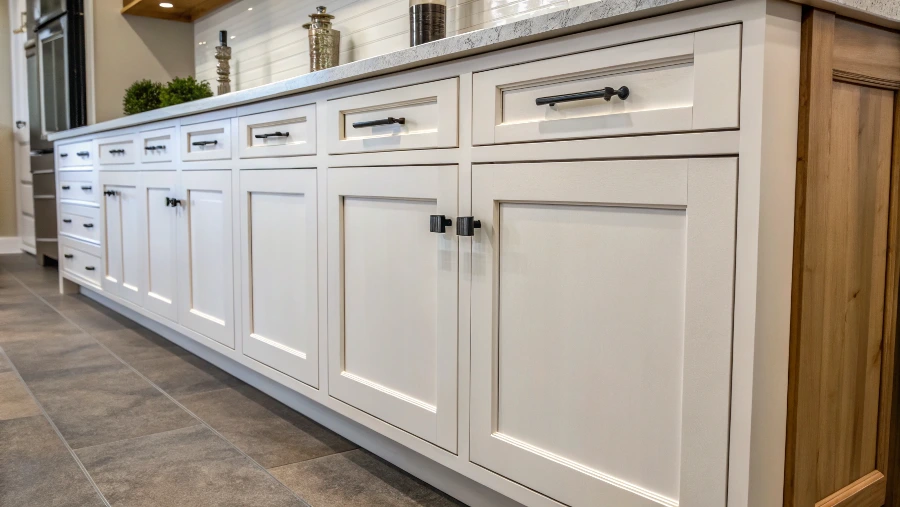
When my clients ask for a design that will last for 20 years, I always point them to two specific door styles. These are the workhorses of the cabinet world for a reason.
First is the Shaker door1. Its simple design—a flat center panel with a four-piece frame—is perfectly balanced. It has just enough detail to be interesting but is simple enough to feel clean and modern. You can see it in a rustic farmhouse kitchen with classic cup pulls or in a sleek transitional kitchen with modern bar handles. This versatility is its superpower. For commercial projects, its straightforward construction makes it durable and easy to produce consistently at a large scale.
Second is the flat-panel door2. This is the ultimate in minimalist design. It’s a single, solid slab, creating a completely smooth and unadorned surface. This style is perfect for modern and contemporary spaces. In our factory, we produce these using high-density MDF for a perfectly stable and smooth surface for paint, or with a high-quality wood veneer for a natural look. Without any bevels or grooves, it is incredibly easy to clean and creates a calm, uncluttered look. It is the definition of "less is more."
| Style | Best For | Key Appeal |
|---|---|---|
| Shaker | Transitional, Farmhouse, Classic | Versatility, timeless detail |
| Flat-Panel | Modern, Contemporary, Minimalist | Extreme simplicity, easy to clean |
What kitchen cabinet is outdated?
You see a cabinet door with lots of detail and think it looks luxurious. You worry that this perceived luxury is actually a trend from the past that will instantly date your project.
The most outdated cabinet styles are those with excessive ornamentation. This includes doors with arched "cathedral" tops, heavy wood carvings, and intentionally distressed or "antiqued" paint finishes. They look busy and are impractical.
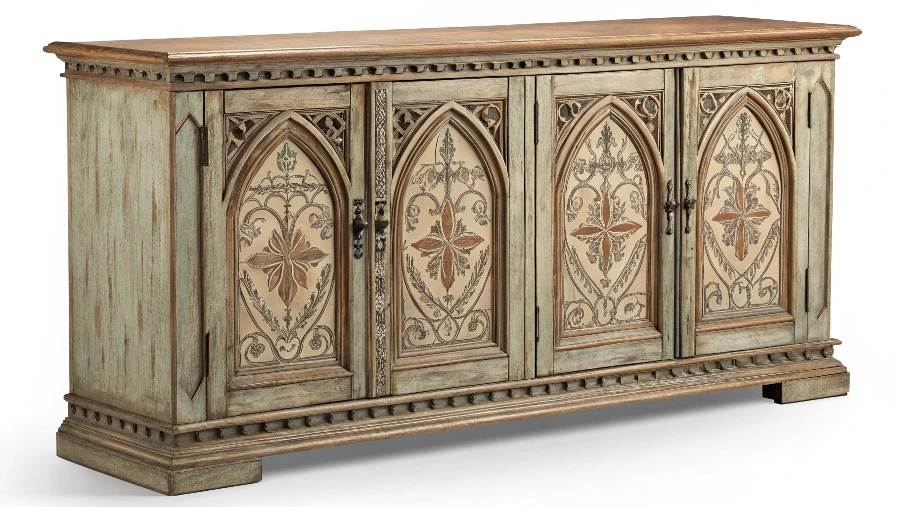
As a manufacturer, I see trends come and go. The styles that fade the fastest are always those that are too "loud." Let me break down the specific features that I now strongly advise my clients to avoid.
First, the arched or "cathedral" top door3. This was extremely popular in the 1990s. The curve at the top immediately locks the kitchen into that time period. It fights against the clean, straight lines of modern appliances and countertops.
Second is heavy, ornate carving or molding4. Think of the baroque or rococo-inspired details, like grapevines or shells carved into the wood. In a modern space, this doesn’t read as luxurious anymore. It just looks heavy and collects dust in all its tiny crevices, making it a nightmare to keep clean—a huge negative for both residential and hospitality projects.
Finally, there are the reddish and orange wood tones. Deep cherry, golden oak, and red-toned maple were everywhere 20 years ago. Today, these colors feel dark and absorb light, making a kitchen feel smaller and older. The market has moved decisively toward lighter, more natural wood tones or painted finishes. Choosing any of these outdated styles can make a brand-new space feel like it needs a renovation from day one.
What color is replacing white in the kitchen?
You like the safety of a white kitchen but worry it has become too predictable. You want a color that feels fresh and modern but won’t become the "avocado green" of tomorrow.
While white remains popular, a new palette of "nature-inspired neutrals" is taking its place. Muted greens, warm grays, deep blues, and natural wood tones are adding warmth and personality without sacrificing timeless appeal.
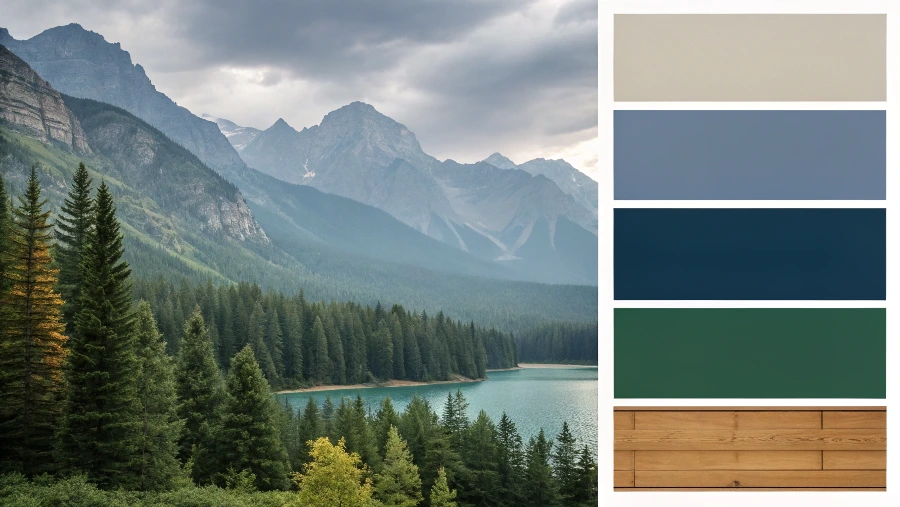
The all-white kitchen had a long run because it’s bright, clean, and safe. But people now want more warmth and character. As a supplier for large projects, I see these color trends developing long before they hit the retail stores. The new direction is not about bright, shocking colors. It’s about sophisticated, livable tones.
Warm Grays and "Greige"5: These colors are a small step away from white but make a big difference. They feel softer and have more depth. A light gray or a gray-beige ("greige") provides a neutral backdrop that is more interesting than plain white.
Muted Greens: Colors like sage and moss green are incredibly popular. They connect the kitchen to nature and create a sense of calm. They work beautifully with wood tones and brass hardware.
Deep Blues and Blacks: For a bolder but still classic look, deep navy blue or even matte black can be used for base cabinets or a kitchen island. It acts as a sophisticated anchor for the room and pairs perfectly with lighter countertops and backsplashes.
Natural Wood6: Perhaps the biggest shift is the return of wood itself. We are producing many kitchens in light woods like white oak or rich woods like walnut. A natural wood grain adds texture and warmth that paint simply cannot replicate.
What cabinet hardware won’t go out of style?
You know that hardware is the "jewelry" of the kitchen, but you’ve seen how quickly trendy pulls can look ridiculous. You want to choose something classic that won’t need to be replaced.
Timeless cabinet hardware focuses on simple forms and versatile finishes. Classic bar pulls, simple round or square knobs, and recessed pulls in matte black, brushed nickel, or aged brass will always look current.
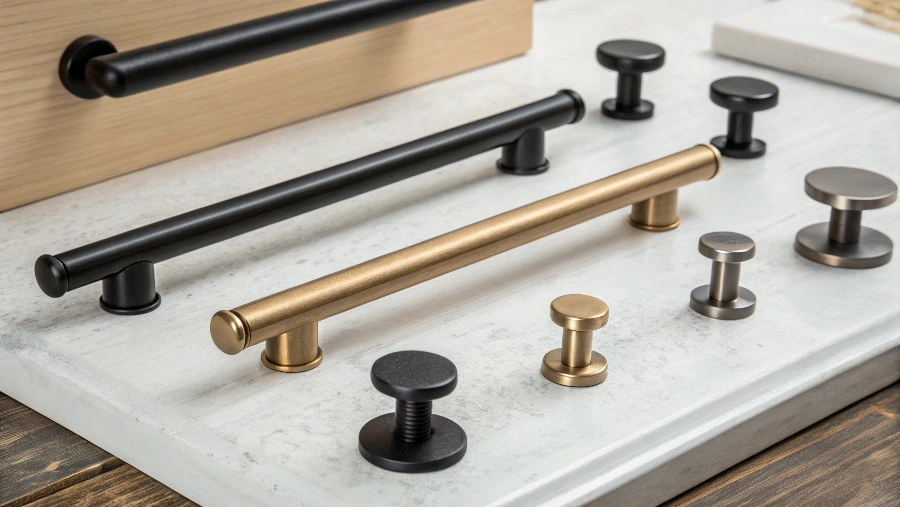
Hardware is a small detail that has a huge impact. I always advise my B2B clients, who need to appeal to a wide range of tastes, to keep it simple and focus on function. The hardware that lasts is never the most complicated or eye-catching.
The philosophy is simple: choose a shape that is easy to grab and a finish that complements a wide range of colors. Tubular or square bar pulls7 are the number one choice for a reason. They are comfortable to use, their clean lines work with any door style from Shaker to flat-panel, and they can be oriented horizontally or vertically. Simple knobs, either round or square, are another classic that never fails. They are understated and elegant. For ultra-modern, minimalist kitchens, integrated or recessed pulls create a seamless look with no protruding hardware at all.
For finishes, stay away from anything too shiny or trendy. Brushed nickel or satin nickel8 is the ultimate safe bet; it looks good with everything. Matte black has become a modern classic and provides a fantastic contrast on light-colored or wood cabinets. For a touch of warmth, satin or aged brass provides a beautiful, soft metallic tone that is much more subtle than the shiny, lacquered brass of the 1980s. These choices are safe, stylish, and durable investments.
Conclusion
Choosing a cabinet style is an investment in your property’s long-term value. timeless designs with clean lines and simple colors will always outperform fleeting trends for both commercial and residential projects.
-
Explore the versatility and timeless appeal of Shaker doors, perfect for various kitchen styles. ↩
-
Discover how flat-panel doors embody minimalist design and offer easy maintenance for contemporary spaces. ↩
-
Explore this link to understand why the arched top door is considered outdated and how to choose better alternatives. ↩
-
This resource will explain the drawbacks of ornate carvings and suggest cleaner, more contemporary design options. ↩
-
Explore this link to understand how warm grays and greige can enhance your kitchen’s aesthetic and create a cozy atmosphere. ↩
-
Discover why natural wood is a top choice for kitchens, adding warmth and texture that elevate the overall design. ↩
-
Explore this link to understand why tubular or square bar pulls are favored for their comfort and versatility in various designs. ↩
-
Discover why brushed nickel or satin nickel are considered timeless and versatile finishes that complement any decor. ↩
